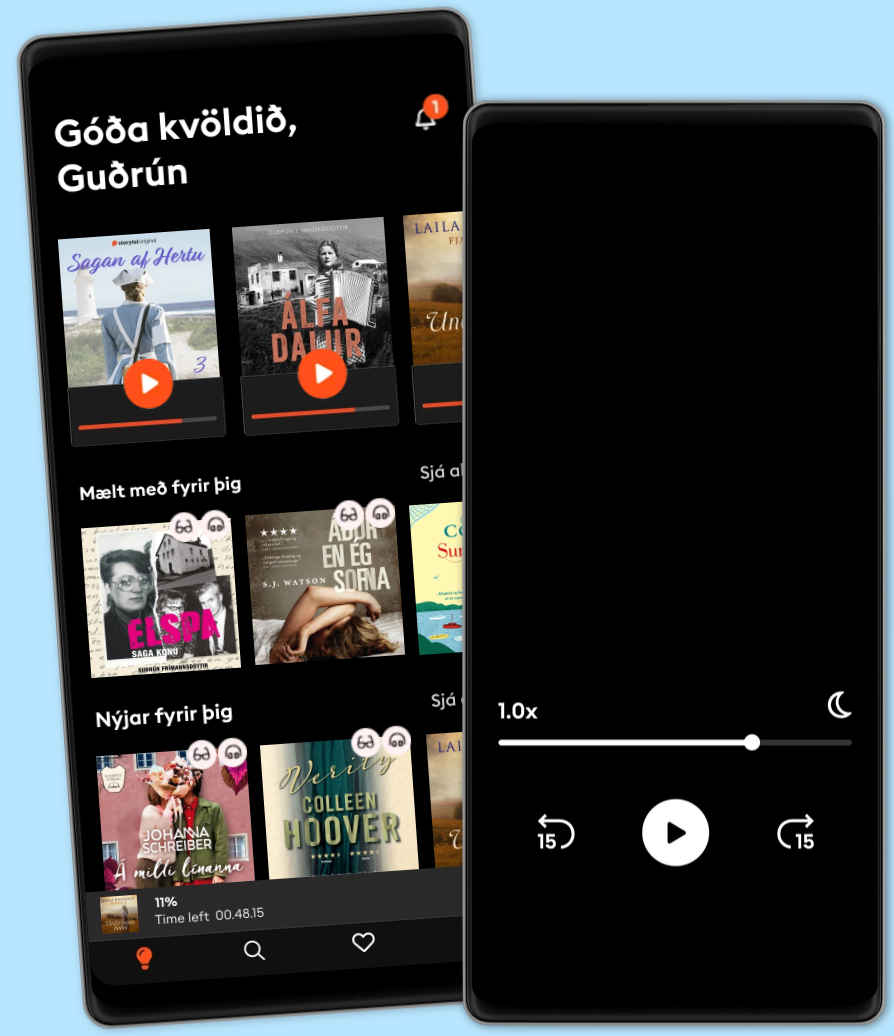Hlustaðu og lestu
Stígðu inn í heim af óteljandi sögum
- Lestu og hlustaðu eins mikið og þú vilt
- Þúsundir titla
- Getur sagt upp hvenær sem er
- Engin skuldbinding

The Album of the World Emperor: Cross-Cultural Collecting and Album Making in Seventeenth-Century Istanbul
- Höfundur
- Útgefandi
- Tungumál
- enska
- Format
- Flokkur
Andleg málefni
The first study of album-making in the Ottoman empire during the seventeenth century, demonstrating the period’s experimentation, eclecticism, and global outlook
The Album of the World Emperor examines an extraordinary piece of art: an album of paintings, drawings, calligraphy, and European prints compiled for the Ottoman sultan Ahmed I (r. 1603–17) by his courtier Kalender Paşa (d. 1616). In this detailed study of one of the most important works of seventeenth-century Ottoman art, Emine Fetvacı uses the album to explore questions of style, iconography, foreign inspiration, and the very meaning of the visual arts in the Islamic world.
The album’s thirty-two folios feature artworks that range from intricate paper cutouts to the earliest examples of Islamic genre painting, and contents as eclectic as Persian and Persian-influenced calligraphy, studies of men and women of different ethnicities and backgrounds, depictions of popular entertainment and urban life, and European prints depicting Christ on the cross that in turn served as models for apocalyptic Ottoman paintings. Through the album, Fetvacı sheds light on imperial ideals as well as relationships between court life and popular culture, and shows that the boundaries between Ottoman art and the art of Iran and Western Europe were much more porous than has been assumed. Rather than perpetuating the established Ottoman idiom of the sixteenth century, the album shows that this was a time of openness to new models, outside sources, and fresh forms of expression.
Beautifully illustrated and featuring all the folios of the original seventy-page album, The Album of the World Emperor revives a neglected yet significant artwork to demonstrate the distinctive aesthetic innovations of the Ottoman court.
© 2020 Princeton University Press (Rafbók): 9780691194257
Útgáfudagur
Rafbók: 7 januari 2020
Aðrir höfðu einnig áhuga á...
- Drawing Down the Moon: Magic in the Ancient Greco-Roman World Radcliffe G. Edmonds, III
- Kepler's Philosophy and the New Astronomy Rhonda Martens
- Demons and the Devil: Moral Imagination in Modern Greek Culture Charles Stewart
- Twist Your Fate: Manifest Success with Astrology and Tarot Theresa Reed
- Morandi's Last Prophecy and the End of Renaissance Politics Brendan Dooley
- The Survival of the Pagan Gods: The Mythological Tradition and Its Place in Renaissance Humanism and Art Jean Seznec
- Empire of Salons: Conquest and Community in Early Modern Ottoman Lands Helen Pfeifer
- What's Your Sign?: A Guide to Astrology for the Cosmically Curious Sanctuary Astrology
- Academic Instincts Marjorie Garber
- Jung on Synchronicity and the Paranormal C. G. Jung
- Völundur Steindór Ívarsson
4.3
- Næsta stúlkan Carla Kovach
4.1
- Lykillinn Kathryn Hughes
4.4
- Hundrað dagar í júlí Emelie Schepp
4.3
- Í þjónustu hins illa Torill Thorup
4.3
- Lára missir tönn Birgitta Haukdal
4.5
- Hundeltur Torill Thorup
4.3
- Atlas: Saga Pa Salt Lucinda Riley
4.7
- Utan frá sjó, annað bindi Guðrún frá Lundi
4.3
- 17 ástæður til að drepa Unnur Lilja Aradóttir
4
- Ómennska Kolbrún Valbergsdóttir
3.9
- Blóðmeri Steindór Ívarsson
4.4
- Sjö fermetrar með lás Jussi Adler-Olsen
4.4
- Utan frá sjó, fyrsta bindi Guðrún frá Lundi
4.3
- Hvítalogn Ragnar Jónasson
4.1
Veldu áskrift
Hundruðir þúsunda raf- og hljóðbóka
Yfir 400 titlar frá Storytel Original
Barnvænt viðmót með Kids Mode
Vistaðu bækurnar fyrir ferðalögin
Unlimited
Besti valkosturinn fyrir einn notanda
1 aðgangur
Ótakmörkuð hlustun
Engin skuldbinding
Getur sagt upp hvenær sem er
Family
Fyrir þau sem vilja deila sögum með fjölskyldu og vinum.
2-6 aðgangar
100 klst/mán fyrir hvern aðgang
Engin skuldbinding
Getur sagt upp hvenær sem er
2 aðgangar
3990 kr /á mánuðiÍslenska
Ísland